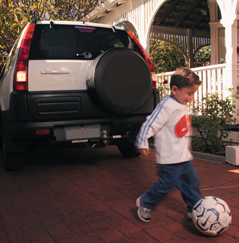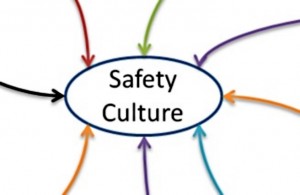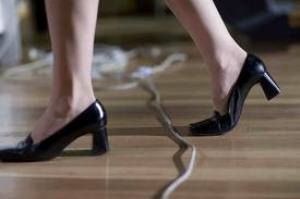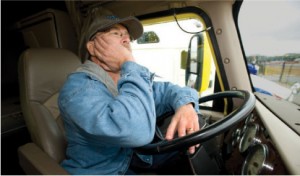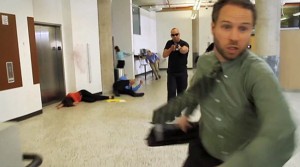 An active shooter/ hostile intruder is an individual actively engaged in killing or attempting to kill people in a confined and populated area by any means including but not limited to firearms (most frequently used), bladed weapons, vehicles, or any tool that in the circumstance in which it is used constitutes deadly physical force. In most cases, there is no pattern or method to their selection of victims. Most active shooter situations are unpredictable, evolve quickly, and are over within minutes.
An active shooter/ hostile intruder is an individual actively engaged in killing or attempting to kill people in a confined and populated area by any means including but not limited to firearms (most frequently used), bladed weapons, vehicles, or any tool that in the circumstance in which it is used constitutes deadly physical force. In most cases, there is no pattern or method to their selection of victims. Most active shooter situations are unpredictable, evolve quickly, and are over within minutes.
ACTION GUIDELINES
EVACUATE – Run: If there is an accessible escape path, attempt to evacuate the premises. Be sure to:
- Have an escape route and plan in mind.
- Evacuate regardless of whether others agree to follow.
- Leave your belongings behind.
- Help others evacuate, if possible.
- Call 911 when you are safe.
- Prevent individuals from entering an area where the active shooter may be.
- Keep your hands visible.
- Follow the instructions of any police officers.
- Do not attempt to move wounded people.
SHELTER-IN-PLACE – Hide: If evacuation is not possible, find a place to hide where the active shooter is less likely to find you. Your hiding place should:
- Be out of the active shooter’s view.
- Provide protection if shots are fired in your direction (i.e. an office with a closed and locked door).
- Not trap you or restrict your options for movement.
- To prevent an active shooter from entering your hiding place:
- Lock the door.
- Blockade the door with heavy furniture.
- If the active shooter is nearby:
- Lock the door.
- Silence your cell phone and/or pager.
- Turn off any source of noise (i.e. radio, television).
- Hide behind large items (i.e. cabinets, desks).
- Remain quiet.
PROTECT YOURSELF – Fight: As a last resort, and only when your life is in imminent danger, attempt to disrupt and/or incapacitate the active shooter by:
- Acting as aggressively as possible against him/her.
- Throwing items and improvising weapons.
- Yelling.
- Committing to your actions.
WHEN POLICE ARRIVE
- Put down any items in your hands.
- Keep hands visible.
- Follow all instructions.
- Avoid making quick movements towards officers.
- Do not stop to ask officers for help or direction when evacuating, just proceed in the direction from which officers are entering the premises.
via Emergency: Active Shooter/ Workplace Violence | Emergencies – What to Do?! | Department of Security at Miller School of Medicine.
 There are 3 ways to motivate people to work harder, faster and smarter:
There are 3 ways to motivate people to work harder, faster and smarter:
